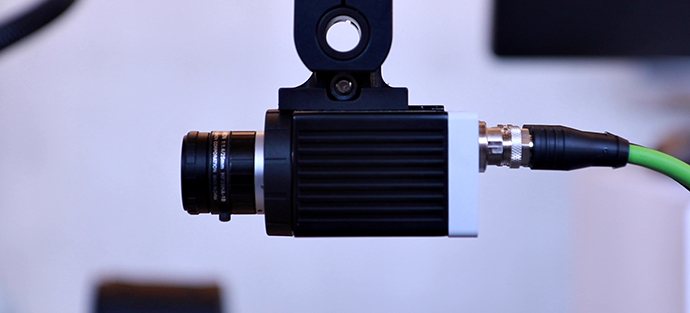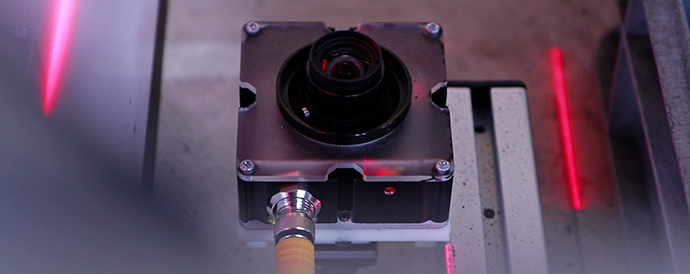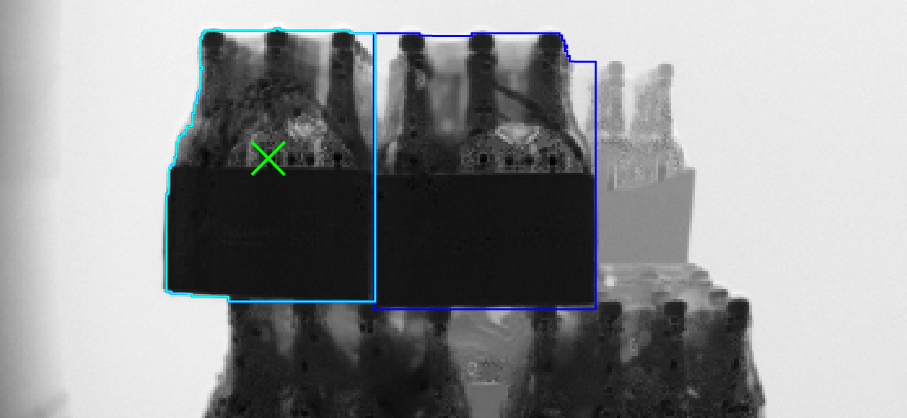Guide: Three essential camera types for automation
When a company is faced with automation, the choice of technologies is crucial. In this MADE Tech Guide, a Senior Consultant at the Danish Technological Institute gives some advice on how to choose the right camera for automation with robots.
There are many different technologies to choose from when it comes to automation with robots. But one of the crucial choices is the choice of camera type.
Which "eyes" look best?
- The benefits of equipping robots with cameras are many and to that extent crucial, says Senior Consultant at the Danish Technological Institute Carsten Panch Isaksen.
- The most important thing when choosing the right camera technology for your solution is to look at the issues that need to be addressed. And if there is a great variety in the subjects, then it is also necessary that you take it into account, so that you do not get to choose a camera that may only be used for a small part of the subjects, he says.
Finding the right "eyes" for one's production or process is an important but difficult task.
Therefore, Senior Consultant Carsten Panch Isaksen provides a guide to the three most common camera types that can be used in automation with robots.
Smart cameras

When talking about smart cameras to be used for automation, there are two types that one can use: 2D smart cameras and 3D smart cameras.
According to Carsten Panch Isaksen, the advantages of these smart cameras are that they are affordable and relatively easy for an operator to set up and set up.
- A smart camera is therefore advantageous in situations where you need to handle simple subjects, he says and adds:
- The disadvantages of the smart cameras, on the other hand, are that they have a limited functionality. That is, they can perform only the most common tasks. But if you have to do some slightly more advanced tasks, or you have to deal with very complicated subjects, then it is not the smart cameras that you have to go for.
2D cameras

If, on the other hand, you need cameras that you can use to advantage in situations where you want to make a slightly more advanced handling using your robot, and where an element of quality control is also included, then 2D cameras are a better choice, according to the senior consultant at the Danish Technological Institute.
- The advantages of a 2D camera are that they are available in significantly higher resolution than a 2D smart camera, and you can therefore achieve a high resolution on the subjects you are looking at. And with the help of some special techniques, one can also obtain a 3D information from a single 2D camera. But it requires that they are programmed by an expert, says Carsten Panch Isaksen.
3D cameras

3D cameras make good sense to use in situations where you have subjects that are very complex.
- The advantage of using a 3D camera is that you achieve a much higher accuracy for what it is you have to pick. The 3D cameras can have a really high resolution and can give some incredibly dense point clouds, which means that you can work with them, even if they are very small subjects that you look at, says Carsten Panch Isaksen and continues:
- The disadvantage of a 3D camera is that the acquisition cost alone is relatively high if one's task requires the best resolution. However, there are also 3D cameras with lower resolution, which are available in correspondingly lower price ranges.